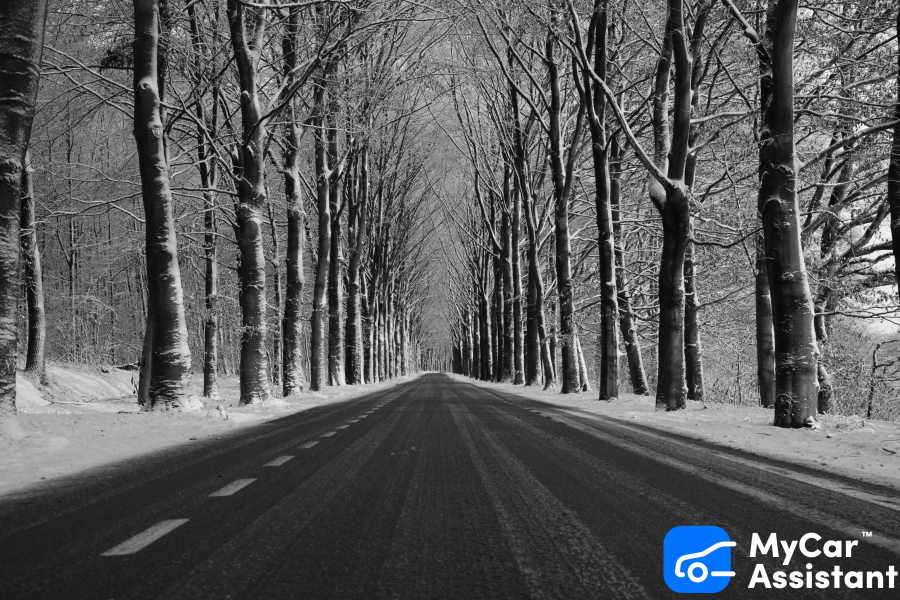7 tips to keep you safe when driving in winter conditions

Changing weather conditions, with the appearance of ice and snow, require a quick adaptation of the driving style. Here are 7 tips to keep in mind that will keep you safe.
- Car preparation, although it sounds trivial, it’s the most important phase of any trip in winter conditions. It is important that the car is completely cleared of snow and/or ice so you won’t risk putting yourself or other drivers in a dangerous situation. Once this is done, you can focus on your driving style.
2. Moving on slippery roads is done by lightly pressing the accelerator pedal to avoid losing or breaking grip. If the wheels spin at idle, you should engage the second gear to reduce the torque transmitted to the wheels.
3. While driving, keep a generous distance from the car in front so that you can brake safely. Use the engine brake as much as possible, downshifting from a higher gear to a lower gear, gently releasing the clutch pedal. The brake pedal must be pressed gently, supplementing the engine brake and avoiding locking the wheels. If the car is skidding and impact with the car in front is unavoidable, an evasive maneuver may be more advantageous if there is room to maneuver. But don’t forget: if the car you’re driving doesn’t have ABS, pressing the brake pedal past the wheel lock limit will make the car impossible to steer. It is recommended in this case to release the brake and brake again, repeatedly, keeping enough grip on the front wheels to allow steering.
4. Cornering can be difficult to approach in low grip conditions. Reduce your speed sufficiently before entering the turn, because cornering and strong braking in the same time is the main cause of serious accidents in winter. Keep the speed as constant as possible and do not brake while the wheels are locked. When exiting the corner, the acceleration is done progressively, carefully following the reactions of the car.
5. Skidding or loosing traction is a common situation on roads covered with ice or snow. You can lose traction and start skidding when entering a corner at too high a speed or accelerating too energetically when exiting the corner (when the car is front-wheel drive). In most situations, lifting your foot off the accelerator pedal is sufficient to regain traction. It’s important not to jerk the controls of the car, so you won’t lose grip on the rear axle. When you start to lose traction on the rear axle, the steering wheel must be turned in the same direction in which the rear is skidding (counter steering). Pinching the acceleration justa bit can put enough pressure on the rear axle to regain the grip. However, the maneuver is not intuitive (the instinct is to brake and often turn the steering wheel in the wrong direction) and these maneuvers take practice.
6. Approaching ramps/slopes is also a challenge in winter. When going uphill, use the highest gear where the engine is still pulling, so that you reduce the torque applied to the wheels and avoid losing grip. Try to keep a constant speed. When going down slopes, use the engine brake as much as possible.
7. If you get stuck in snow, clear the areas in front and behind the wheels. If the car has a traction control system, it is recommended to disable it to allow the engine to rev properly.
Stay safe and watch you speed!
In order to not forget which tires you can use for your car, install MyCar Assistant mobile app for FREE from the AppStore or Play Store. We always notify you before documents or revisions expire to save you money and time. In addition to notifications, you can save important documents directly in the application, take notes such as the type of oil you used, renew insurance directly from the application at the best prices and much more.


